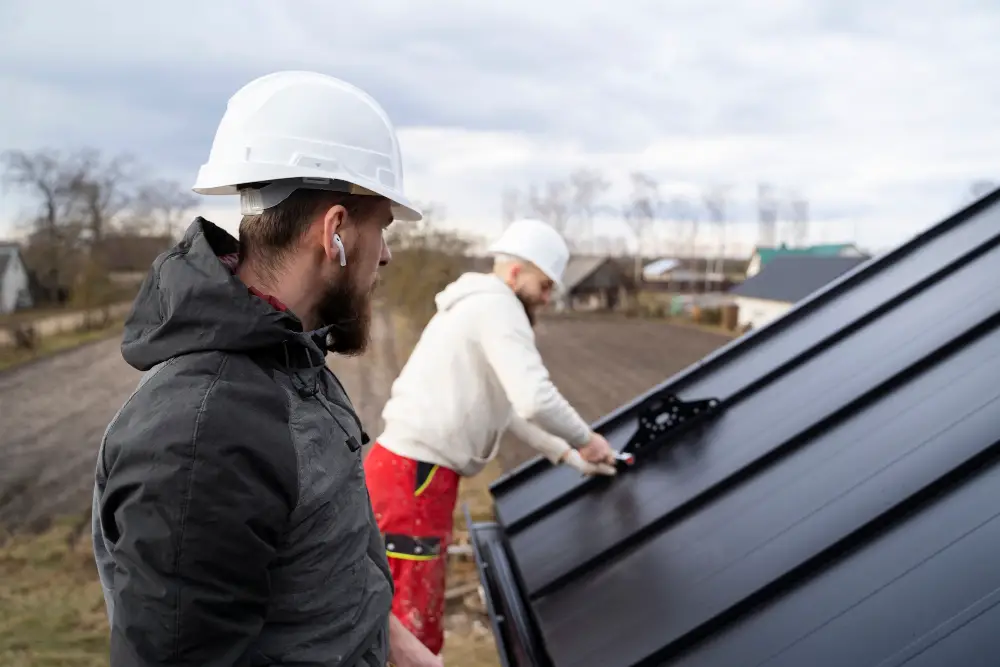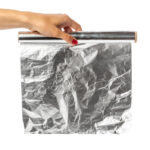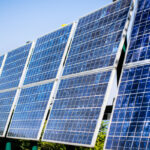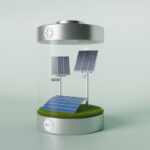As the world continues to shift towards renewable energy sources, solar power has become an increasingly popular option. However, the efficiency and longevity of solar panels can be affected by various factors such as weather conditions, temperature, and dirt accumulation. To address these issues, ceramic coating for solar panels has emerged as a promising solution. In this blog post, we will delve into the benefits, cost, installation process, and potential drawbacks of ceramic coating for solar panels.
Benefits of Ceramic Coating for Solar Panels
Ceramic coating is a thin layer of material applied to the surface of solar panels to enhance their performance and durability. Here are some of the key advantages of using ceramic coating for solar panels:
Improved Efficiency
Ceramic coating helps to reduce the amount of heat that is absorbed by the solar panel, allowing it to maintain a lower temperature. This results in higher efficiency levels and increased electricity production. According to studies, ceramic-coated solar panels can produce up to 3% more electricity than uncoated panels.
Enhanced Durability
Ceramic coatings provide excellent protection against environmental stressors like UV radiation, hail, and extreme temperatures. This extends the lifespan of solar panels and reduces the need for replacement or repair.
Reduced Maintenance Costs
With ceramic coating, solar panels require less maintenance, as they are less prone to damage from dirt, debris, and other contaminants. This translates into lower solar panel cleaning and maintenance costs over time.
Improved Appearance
Ceramic-coated solar panels have a sleek, glossy finish that enhances their appearance. This can be particularly beneficial for homeowners who value the aesthetics of their property.
Anti-Reflective Properties
Ceramic coatings can reduce glare and reflections, which allows for better light absorption and improved panel efficiency.
Resistance to PID (Potential Induced Degradation)
PID occurs when the solar panel’s frame and glass surface interact with moisture, leading to reduced efficiency and lifespan. Ceramic coating acts as a barrier between the glass and the frame, preventing this interaction and ensuring optimal performance.
Compatibility with Various Technologies
Ceramic coatings can be applied to different types of solar panels, including monocrystalline, polycrystalline, and thin-film models.
Cost of Ceramic Coating for Solar Panels
The cost of ceramic coating for solar panels varies depending on several factors, such as the type of coating, the size of the solar panel array, and the location of the installation. Generally speaking, ceramic coating can add around $0.10 to $0.20 per watt to the total cost of a solar panel system. For a typical residential solar panel system, this would translate into an additional cost of around $300 to $600.
The installation process for ceramic-coated solar panels is similar to that of regular solar panels. The only difference lies in the application of the ceramic coating itself, which typically takes place during the manufacturing process. Some manufacturers also offer field-applied ceramic coatings, which can be applied directly to existing solar panels.
Drawbacks of Ceramic Coating for Solar Panels
While ceramic coating offers numerous benefits, there are some potential drawbacks to consider:
High Upfront Costs
Although ceramic coating can save money in the long run through improved efficiency and reduced maintenance needs, the initial investment may be higher compared to traditional solar panels.
Limited Availability
Ceramic-coated solar panels are still relatively new to the market, and not all solar panel manufacturers offer them. This limited availability can make it challenging to source these products locally.
Potential Impact on Warranty
It’s essential to note that applying a ceramic coating may void certain warranties offered by solar panel manufacturers. Before proceeding with ceramic coating, it’s crucial to check with your manufacturer to ensure that the warranty remains intact.
Potential Impact on Warranty
As mentioned earlier, applying a ceramic coating may void certain warranties offered by solar panel manufacturers. This could include the warranty on the solar panel’s efficiency, power output, and overall performance. It’s important to check with the manufacturer before applying a ceramic coating to ensure that it won’t compromise any existing warranties.
Incompatibility with Certain Mounting Systems
Some mounting systems used for solar panels may not be compatible with ceramic-coated panels. This could limit the range of mounting options available, which might affect the panel’s angle, orientation, and overall energy output.
Aesthetic Concerns
While ceramic-coated solar panels can have a sleek, glossy finish, some people may find the appearance of the coating to be unsightly or noticeable. Depending on personal preferences, the aesthetic appeal of the solar panels could be impacted by the use of a ceramic coating.
Potential for Scratches or Damage
Like any protective coating, ceramic coatings can scratch or become damaged over time. If the coating becomes scratched or damaged, its effectiveness at reducing reflectivity and improving efficiency may be compromised. Regular inspection and maintenance of the solar panels can help identify and address any damage promptly.
Manufacturing Complexity
The process of applying a ceramic coating to solar panels can be complex and requires specialized equipment and expertise. This complexity can lead to higher manufacturing costs, which may be passed down to consumers in the form of higher prices.
Limited Data on Long-Term Performance
While ceramic coatings have shown promise in improving the efficiency and durability of solar panels, there is still limited data on their long-term performance. Further research and testing are needed to fully understand the long-term effects of ceramic coatings on solar panels and their overall performance.
Bottomline
While ceramic coatings for solar panels offer several benefits, including improved efficiency, enhanced durability, and resistance to PID, there are also potential drawbacks to consider, such as high upfront costs, limited availability, and compatibility concerns. Homeowners and businesses should carefully evaluate the pros and cons of ceramic-coated solar panels before making a decision. Additionally, further research and development are necessary to address the limitations and challenges associated with ceramic coatings and to optimize their performance in real-world applications.
Access our BLOG Section for more stories!

















